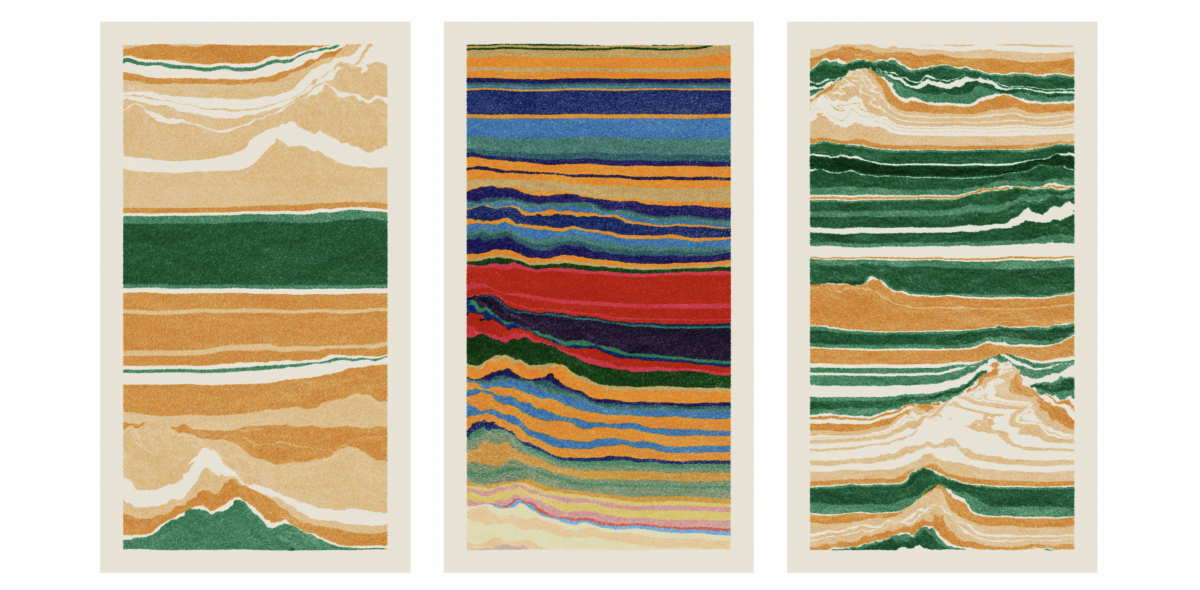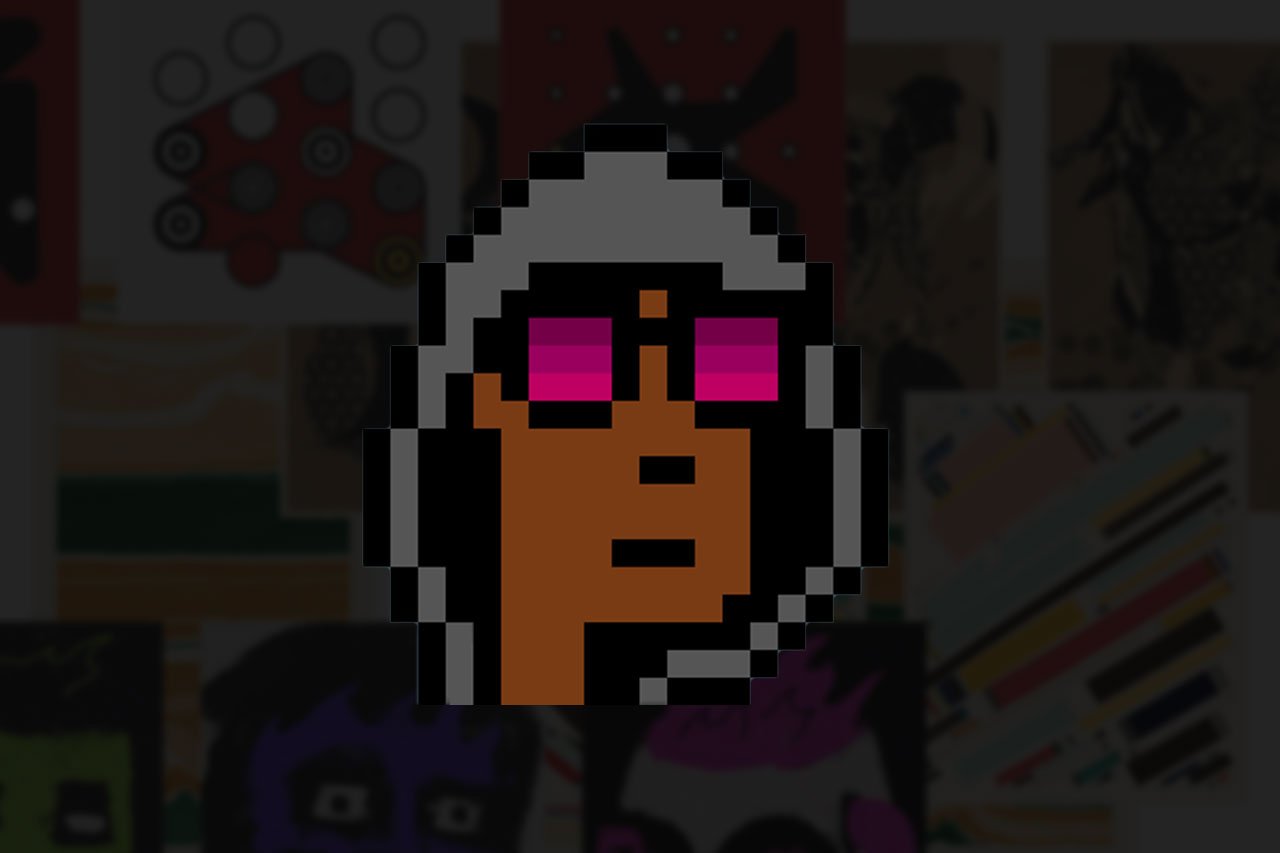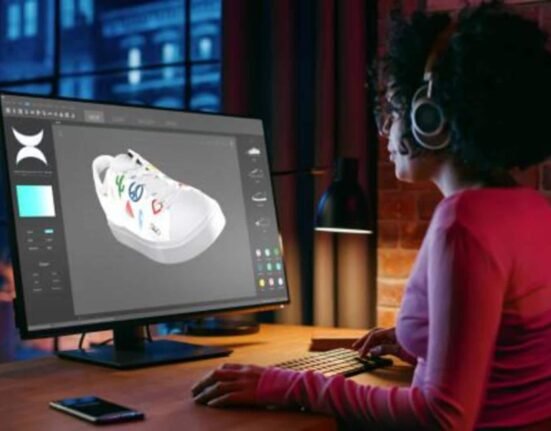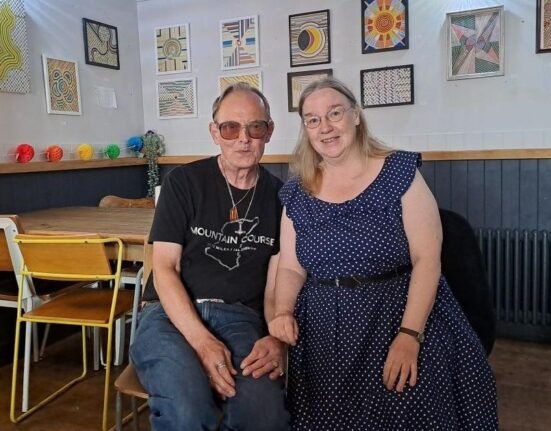Art has long been perceived as a medium for expression, a reflection of culture, and a source of aesthetic pleasure. However, in the modern world, its role as an investment has become increasingly more prevalent and accessible, particularly in the digital realm.
To learn more about the sector, its nuances, and how it affects the broader digital art market, we spoke with DCinvestor, a seasoned collector and figure in digital art investment with significant underlying expertise in cryptocurrency investment and management consultancy.
From Consultant to Crypto Connoisseur
DCinvestor’s journey into the world of art investment has been a natural progression and culmination of other skills, as well as interests in his life. His background as a management consultant and an early interest in cryptocurrencies, particularly Ethereum, paved the way for his transition into a full-time individual investor and analyst in the crypto space. His passion for emerging technologies, driven by a life-long engagement with the consumer internet, has shaped his approach to collecting and investing in digital art.
“I’ve been an amateur investor for a long time, starting on paper (simulated account) back in high school where I enjoyed playing the ‘Stock Market Game’ with my classmates,” shared DC, adding, “Since I earned my first real paycheck from a college job, I’ve been a life-long investor in stocks, and eventually many years later fell down the crypto rabbit hole first in 2013, but then in a more serious way in 2017. As someone who grew up during the rise of the consumer internet, emerging technology has always fascinated me, and none has fascinated me more than crypto.”
As for his background in consulting, DC shared that it has helped to frame his approach to various collecting and investment opportunities.

A Collector’s Philosophy
Contrary to his X handle and general interest in broader investment categories, DC shared that when it comes to the digital art space, he doesn’t consider himself an “art investor” but rather “a collector who enjoys collecting and curating things that he feels will be very culturally important in the future, and thus likely worth more in financial terms.”
His greater interest appears to lie in digital ownership and the cultural significance of digitally native objects made possible through NFTs. Adding to this philosophy, he expressed that he will almost never buy art solely because it may be appreciated but that he instead has to see a deeper meaning and appreciate it on a personal level.
“Anything I buy, my expected period of ownership/custodianship is on the order of 10 years up to my natural lifetime. If I can’t see a story for a given piece that is relevant over that kind of timeline, then I usually will not buy it,” he explained.

Touching more on the paradigm of digital ownership, he added that he believes “unique, digitally native objects, made possible via NFTs, will become just as important to our culture and society as many physical objects.”
DC outlined that this aspect has already begun to emerge, as people spend a significant amount of their lives online, but that this could become even more accelerated once AR and VR-enabled metaverse experiences are introduced in a more equitable and accessible way.
Evaluating Art for Investment
In the world of art, whether digital or otherwise, value can often be assigned in a variety of ways, many of which can be subjective and vary from one collector or investor to another.
As for DC, he shared that in terms of aesthetic appreciation versus investment potential, aesthetics is the most shallow level of analysis to use when looking at a piece of art. Admitting that it is still important to some degree, he explained, “I will always try to look for meaning which transcends that.”
To do so, DC uses six filters or layers as the framework for his decisions, as outlined in the zero-based numbering list below:
Layer 5: What do I see visually?
Layer 4: What does it mean to me?
Layer 3: What does it mean to others?
Layer 2: What does the resulting work mean to the artist?
Layer 1: Why did the artist create this?
Layer 0: Outside of this work, who is the artist, and what drives them?
“I believe that work which is compelling at each of these layers will have the greatest cultural impact and thus appreciation potential over time. I also find the collecting and custodianship process for such works to be more interesting and engaging,” he explained.

As for assigning value, he does so based on what he believes a work’s cultural value is or will be, stating that the market itself assigns the financial value. Providing an example, he shared, “I either pay that price to acquire a piece or forgo that price by choosing not to sell it into prevailing market interest.
In terms of his personal taste or category of digital art he places the most value on, DC shared that he is particularly interested in generative art.
“I think it taps into the on-chain medium of NFTs more perfectly than any other type of digital art I’ve seen. My goal is to curate a meaningful collection that will help tell the story of the rise of this genre of art,” he shared.

Market Dynamics and Participant Impact
DC shared that the investment aspect of the digital art space can’t be totally ignored, particularly for rising artists. However, he did share that once said artist has built up enough of a reputation or wealth, they can then decide to do whatever they want — “with almost anything they do being viewed through a ‘halo effect.’”
While it’s no easy task, DC expressed that the best artists know how to strike a balance between creating works that will sell and creating works that convey important concepts that build up their creative legacy without overly sacrificing their creative element to the will of collectors or investors.
Outlining the difference between a collector and an investor, DC shared, “There are very few pure collectors out there who buy pieces without any regard at all to their potential future value. I do that myself sometimes, but I almost consider them more as signals or donations to an admirable creator more than anything else.”
He explained that there are others still who are very long-term “collector-investors: who look for long-term future value but don’t base their decisions off this alone. “They seek to help build a virtuous artist-patron cycle to help grow the digital medium. I consider myself in this camp.”
Two other contrasting types of investors include those who plan to sell in the far future and who sit behind the scenes and traders, who often hold for just a few months before selling for a profit.
“It is not my role to say that any of these approaches are bad, but I think they all bring money into the space and help subsidize the role of the artists and the creators. It’s an ecosystem, and at the end of the day, these censorship-resistant bearer assets can be traded — or hoarded — at will without restrictions,” DC shared, adding, “Thus, a free market emerges with both negative and positive attributes, but with it a new economy which feeds new forms of creativity. I think that is exciting and beneficial to building a more durable digital culture.”

Not Financial Advice
In closing, DC shared, “My advice is don’t become an art ‘investor.’ Instead, collect what you love and what you believe will be culturally important in 20 years. Curate it, share it with others, and have fun in the process.”
As for himself, DC shared that he will continue to look for, collect, and curate compelling works created by great people, who he believes will go on to do great things.
(All works shown in the article are owned by DCinvestor at the time of writing and can be viewed via his Gallery page).







